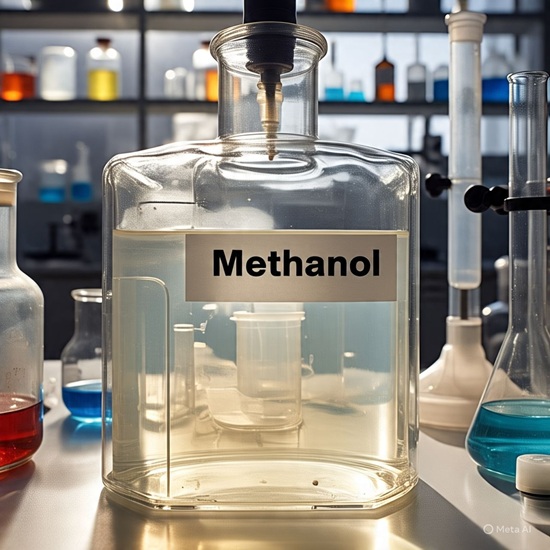Majitha Tragedy: What makes Methanol a silent killer in illicit liquor?
What you must know about Methanol Poisoning
Harvinder Kaur
Majitha (Amritsar), May 14, 2025 — In a heartbreaking incident that has rocked Punjab, at least 21 people, mostly daily wage laborers, have lost their lives and 10 others are hospitalized after allegedly consuming spurious liquor laced with methanol in the Majitha area of Amritsar district. The incident has sparked outrage across the state and prompted swift administrative action.
On Wednesday, Punjab Finance Minister Harpal Singh Cheema has written a strongly worded letter to the Central Government, demanding stricter regulations on methanol under the Industries (Development and Regulation) Act, 1951.
Cheema expressed deep concern over the increasing misuse of methanol—a toxic industrial chemical—by criminal networks involved in the production of spurious liquor.
Read full news here: Minister Harpal Cheema write to Centre, urges to enact strict laws on methanol use
What Went Wrong?
Initial reports indicate that the illicit liquor contained methanol, a toxic industrial alcohol often illegally added to low-cost alcohol to increase potency and profit. Tragically, this cost 21 lives and left many others in critical condition.

What is Methanol? Key Facts You Need to Know
- Chemical Identity: Methanol (CH₃OH) is a light, colorless alcohol used industrially—not for human consumption.
- How It’s Made: It’s produced by combining carbon monoxide and hydrogen over copper and zinc oxide catalysts.
- Common Uses: Solvent, antifreeze, fuel, and a precursor in chemical manufacturing.
Why Is Methanol So Dangerous When Consumed?
- Invisible Threat: Methanol is colorless and has a mild odor, making it hard to detect when mixed in drinks.
- Metabolism Mayhem: Once ingested, it is converted into formaldehyde and formic acid—highly toxic compounds.
Health Consequences:
Metabolic Acidosis: Acid buildup in blood, causing shock and organ failure.
Vision Loss: Damage to optic nerves can lead to permanent blindness.
Brain Damage: This can cause cerebral edema (brain swelling), hemorrhage, coma, or death.
Fatal Dose: As little as 10 mL of pure methanol can cause blindness; 30 mL can be fatal.
Legal and Regulatory Framework
Methanol is listed under Schedule I of India’s Hazardous Chemicals Rules (1989). Indian Standard IS 517 governs methanol purity and handling. This classification signifies that methanol is recognized as a hazardous chemical, requiring specific regulations for its handling, storage, and use in India.
Despite this, methanol continues to be misused in illicit liquor, especially in unregulated markets.
Preventing Another Majitha
Public Awareness: Avoid consumption of liquor from unverified sources.
Strict Enforcement: Authorities must intensify crackdowns on bootleg liquor networks.
Proper Labelling and Handling: Methanol must be clearly labeled and stored securely in industrial zones.